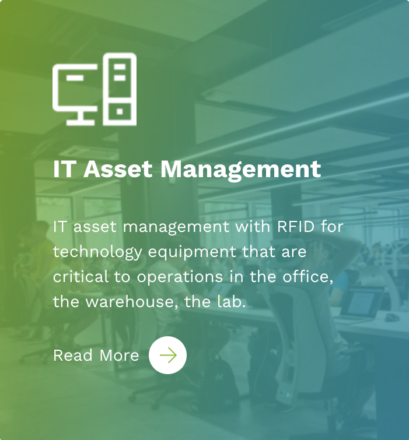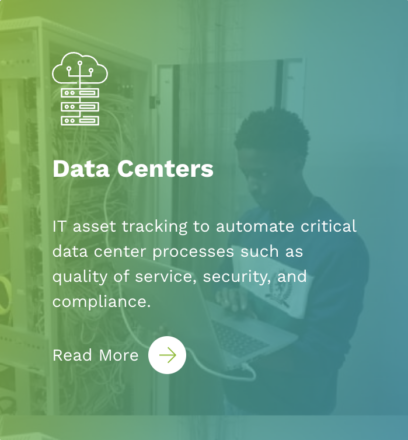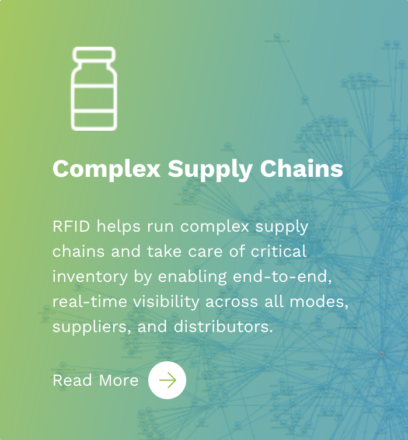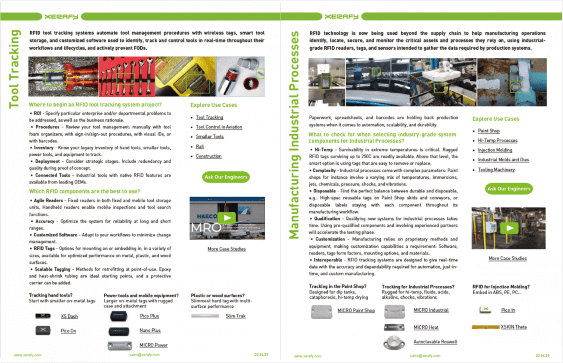Tool Tracking MRO
Driving safety, efficiency, and compliance through RFID-powered automation and digitization in high-stakes, precision-driven maintenance operations.
Read More
Oil and Gas
RFID technology to drive safety, reduce non-productive downtime, enhance operational efficiencies, and extend Oil and Gas asset lifecycles.
Read More
Healthcare
RFID helps hospitals, device manufacturers, and distributors tracking and digitizing critical inventory.
Read More
Manufacturing
Asset availability and data visibility for even the most demanding industrial processes, from paint shops to high temperatures, molds and dies.
Read More
Inventory
RFID systems that enable efficient and accurate inventory management in warehouse and intralogistics.
Read More
Logistics
Automated data capture for tracking and managing orders, inventory, shipments.
Read More



